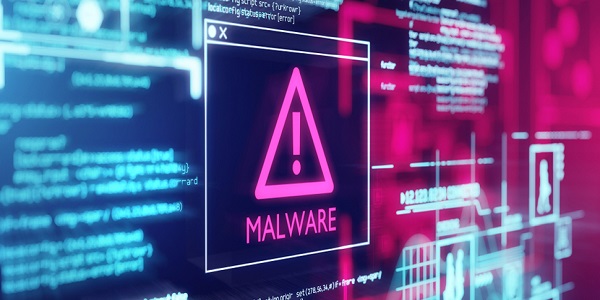Malware: A Comprehensive Overview and Comparison of Different Threats and Remedies

Introduction
In the ever-expanding digital landscape, the term “malware” has become synonymous with the persistent and evolving threats that jeopardize the security of our digital lives. This article provides a comprehensive exploration of malware, delving into its various forms, the threats they pose, and the remedies.
Understanding Malware: Unraveling the Digital Threat Landscape
Malware, short for malicious software, encompasses a broad category of software specifically designed to harm or exploit computer systems, networks, and users. From viruses and worms to ransomware and spyware, the spectrum of malware is diverse. Each type posing unique challenges and risks.
Common Types of Malware
- Viruses: These are programs that attach themselves to legitimate files and replicate when the infected file is executed.
- Worms: Self-replicating programs that spread across networks without needing to attach themselves to files.
- Trojans: Disguised as legitimate software, Trojans deceive users into installing malicious programs.
- Ransomware: Encrypts user data and demands a ransom for its release.
- Spyware: Secretly monitors and collects user information without their knowledge.
The Evolving Threat Landscape
Malware is not static; it evolves in response to security measures, adopting sophisticated techniques to evade detection and infiltrate systems. Cybercriminals continually devise new attack vectors, targeting vulnerabilities in software, exploiting human behavior through social engineering, and leveraging advanced tactics to maximize the impact of their attacks.
Impact on Individuals and Organizations
The consequences of a malware infection extend beyond inconvenience. Individuals risk data loss, identity theft, and financial harm. For organizations, the stakes are higher, encompassing data breaches, financial losses, damage to reputation, and even operational disruptions. The evolving nature of malware requires a proactive and multi-layered approach to cybersecurity.
Remedies and Security Measures
- Antivirus Software: Deploying robust antivirus software remains a fundamental defense against malware. These tools use signature-based detection and heuristics to identify and quarantine malicious files.
- Firewalls: Network firewalls monitor and control incoming and outgoing network traffic, acting as a barrier against unauthorized access and potential malware infections.
- Regular Updates: Keeping software, operating systems, and applications up to date is crucial. Updates often include security patches that address known vulnerabilities exploited by malware.
- User Education: Human behavior is a common entry point for malware. Educating users about phishing emails, suspicious links, and the importance of strong, unique passwords is essential.
- Backup Systems: Regularly backing up data ensures that even if malware encrypts or compromises files, the organization or individual can restore their information from a clean backup.
Cybersecurity Best Practices
Adopting a proactive cybersecurity posture involves a combination of best practices:
- Least Privilege Principle: Limit user access to only the resources necessary for their role, reducing the potential impact of a malware infection.
- Network Segmentation: Segmenting networks restricts the lateral movement of malware within an organization, limiting its ability to propagate.
- Incident Response Plan: Developing and regularly testing an incident response plan ensures a swift and coordinated response to a malware incident, minimizing its impact.
Conclusion: Navigating the Digital Battlefield
In the digital age, malware has become a persistent adversary, adapting to technological advancements and exploiting vulnerabilities in its path. A comprehensive understanding of the different types of malware, their evolving tactics, and the diverse remedies available is crucial for individuals and organizations alike.
As we navigate the digital battlefield, the fight against malware is a collective effort that involves technological advancements, user education, and the implementation of robust cybersecurity measures. By staying informed, adopting best practices, and leveraging advanced security solutions, we can fortify our defenses against the ever-present threat of malware and secure the digital landscape for a safer and more resilient future.




